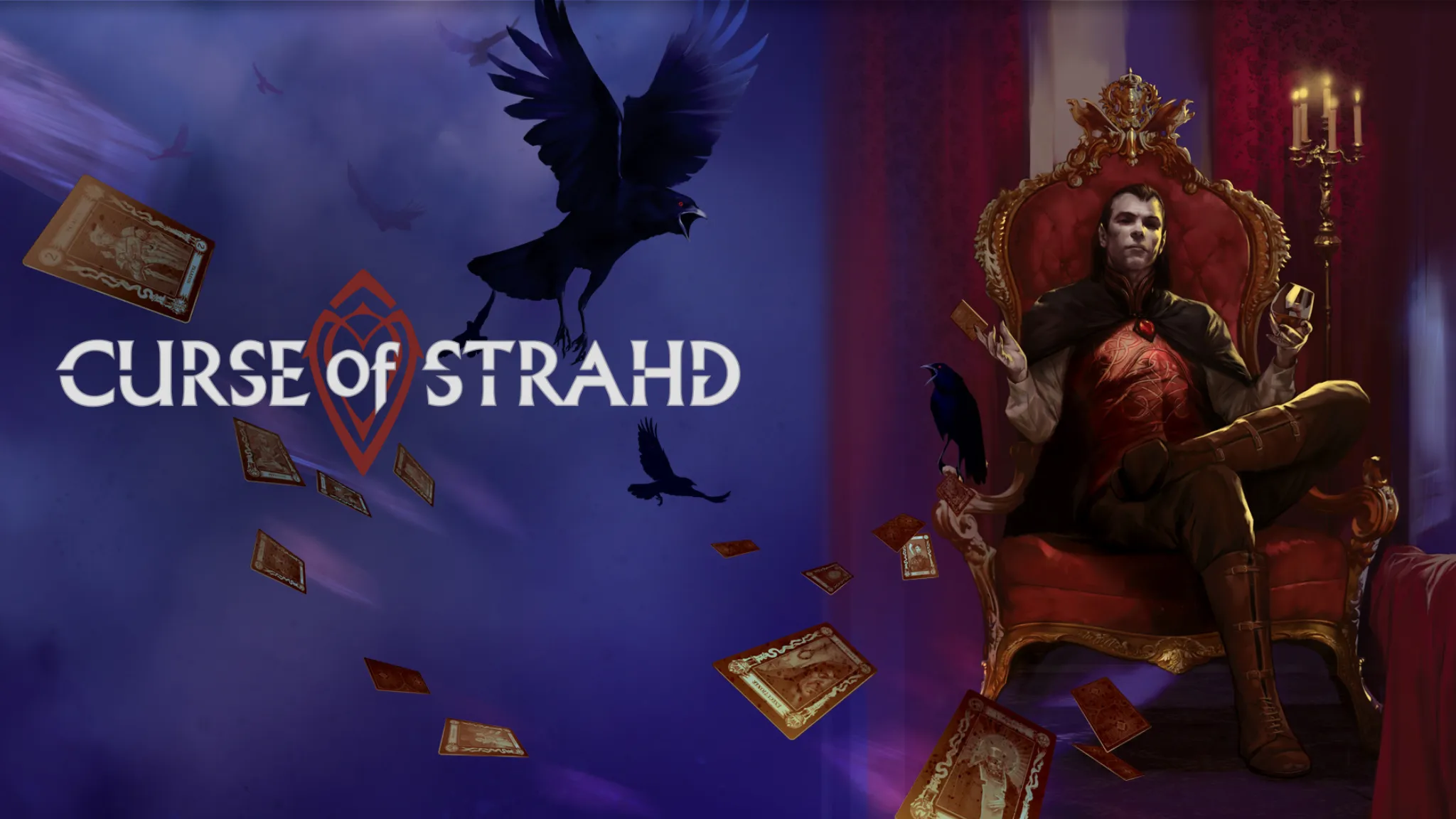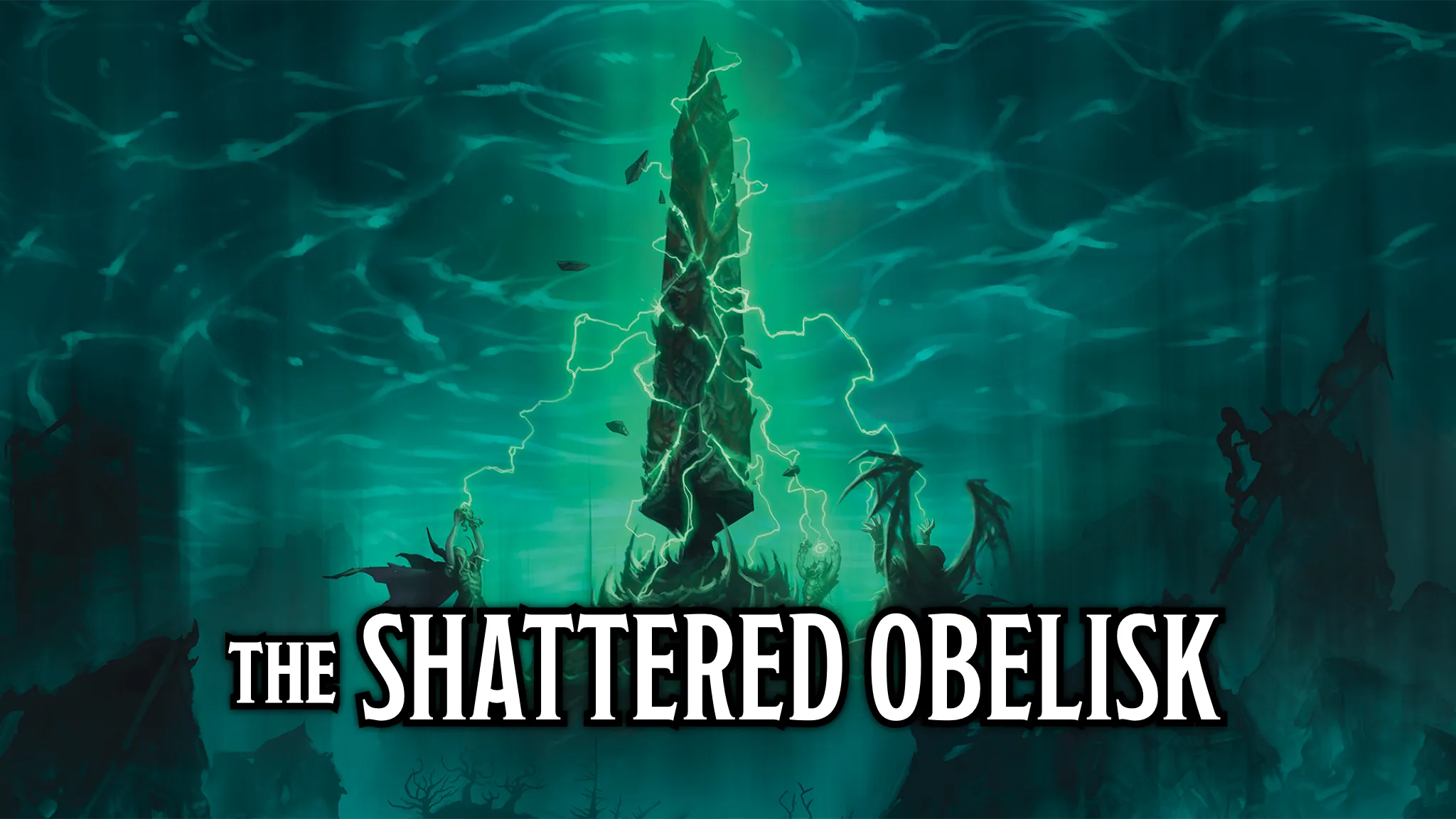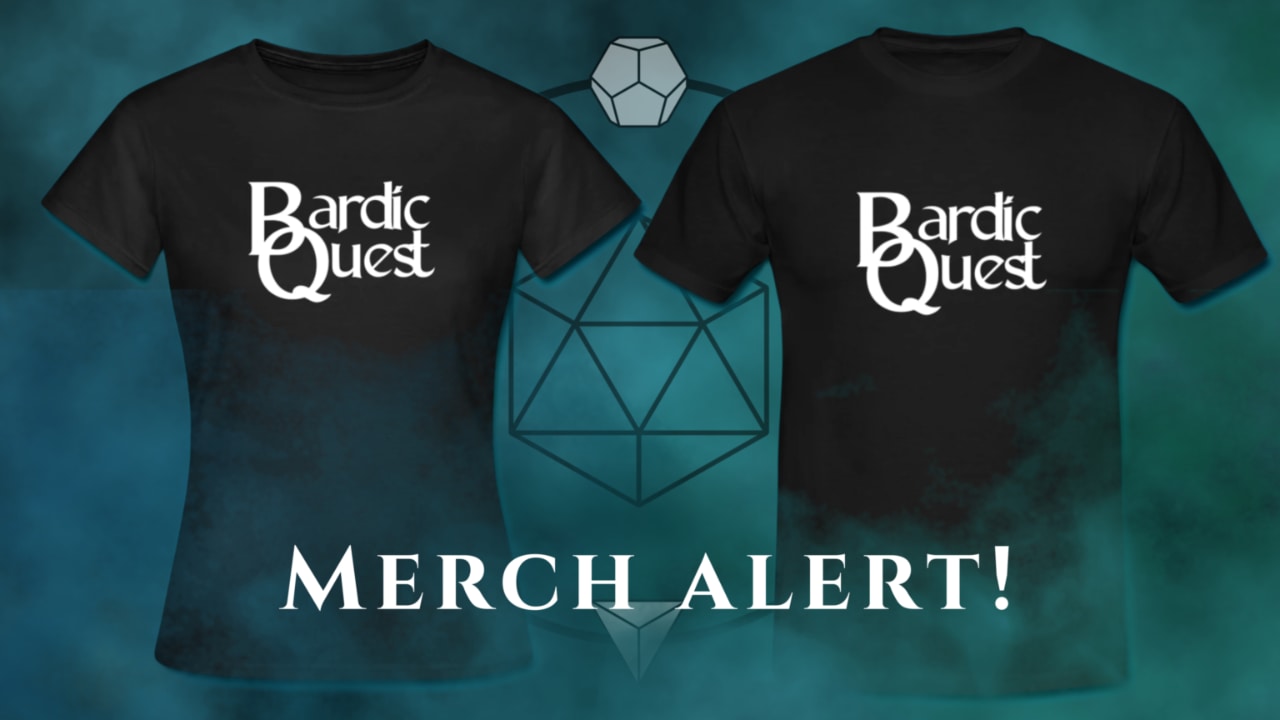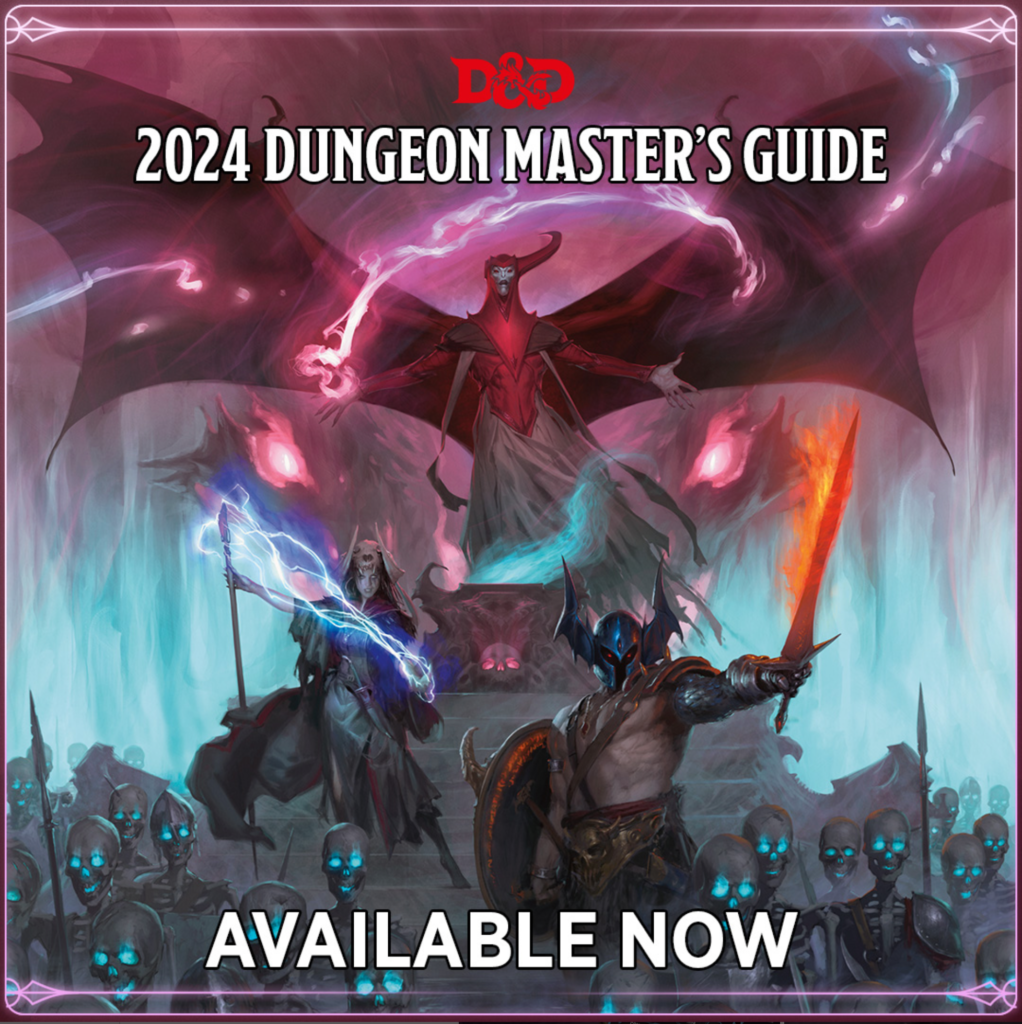Published on October 1, 2024
Written by Bardic Quest
Creating a Dungeons & Dragons (D&D) character is an exciting journey into a world of fantasy and imagination. If you’re considering crafting a Halfling character but aren’t sure where to begin, you’ve come to the right place. This blog post will delve into everything you need to know about Halflings, from their lore to mechanical benefits, and how to effectively roleplay one.
Understanding Halflings in Dungeons & Dragons
Halflings are a cherished species in the D&D multiverse, beloved by gods who value home, family, and community. Typically, they live in peaceful rural areas surrounded by loved ones. Despite their love of home, many Halflings are adventurers at heart, brave and always eager to explore the world.
Physically, Halflings are quite small, about the size of a human child, which helps them stay unnoticed in crowds. They are renowned for their luck, often appearing to be guided away from harm by an unseen force—a trait believed to be the favor of gods such as Yondalla, Brandobaris, and Charmalaine.
Halfling communities vary widely. From peaceful villages to more dangerous settings like the Boromar clan in Eberron, which runs crime syndicates, Halflings live in a spectrum of environments. There are two main types of Halflings: Stout Halflings, who often live underground, and Lightfoot Halflings, who are more nomadic and comfortable living among other races.
Halfling Traits: Mechanical Benefits
As a player, choosing to role-play a Halfling comes with specific mechanical benefits:
Small Stature: They are considered Humanoid and small, standing about two to three feet tall.
Speed: Halflings move at a speed of 30 feet, consistent with other player characters.
Brave: Halflings have an advantage on saving throws against being frightened.
Halfling Nimbleness: They can move through spaces occupied by hostile creatures larger than themselves, providing tactical advantages in gameplay.
Lucky: If a Halfling rolls a ‘1’ on a d20 test, they can re-roll the dice, though they must take the new roll.
Naturally Stealthy: Halflings can hide even when only lightly obscured by something larger, such as another creature.
Questions to Enhance Halfling Roleplay
To flesh out your Halfling character, consider the following questions:
Connection to Community: How does your Halfling value home and family? Are they drawn to adventure, and how do they balance both desires?
Spirit of Adventure: What led your Halfling to leave their peaceful community? Curiosity, duty, or a personal goal perhaps?
Handling Danger: How does your character react when their luck saves them? Do they attribute it to divine influence or merely coincidence?
Relationship with the Gods: Which Halfling gods does your character honor? How does their belief in luck shape their actions and decisions?
Community Role: Does your Halfling come from a peaceful or tumultuous community? How is their small stature perceived, and do they use it to their advantage?
Experiences with Other Species: What are their views on taller folk? Are they more comfortable living among them or prefer Halfling company?
These reflections can enrich your understanding and portrayal of a Halfling, distinguishing your roleplay from human or more conventional characters. Embracing these aspects of Halfling culture can dramatically enhance your gaming experience.
Conclusion
Crafting a Halfling character can be a rewarding excursion into a compelling narrative enriched by unique mechanical traits and fascinating cultural dynamics. If you found this guide helpful, be sure to subscribe to our YouTube channel where you can also follow our D&D actual play show, Bardic Quest, and enjoy the D&D universe in action. Thank you for reading, and we hope to see you in our next adventure!






